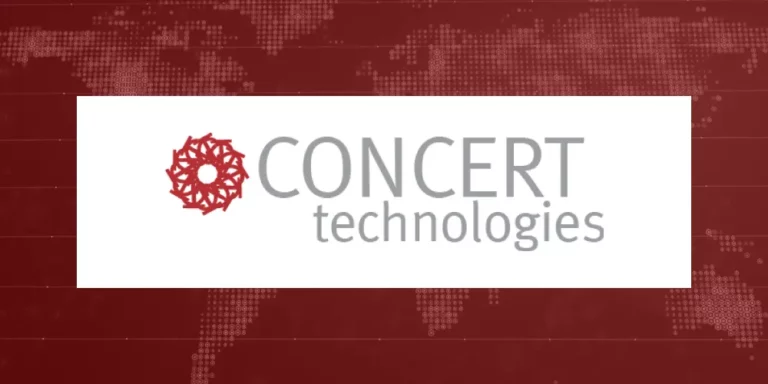Many large enterprises struggle to manage their complex, distributed communications infrastructure efficiently. The lack of accurate readily-accessible documentation makes it impossible to maintain and enhance their infrastructure in a responsive, reliable, and cost-effective way.
How Can I Tell What Communications Infrastructure I Need, When I Don’t Know What I Have?
When efforts are made to resolve this problem, the excessive costs in employee resource, and software – most of which are wasted because of a lack of process and know-how – typically dooms those efforts to failure.
In this post, we explore how enterprises find themselves in such a difficult position…
The Situation: A Large Campus Environment
A sprawling facility presents significant infrastructure documentation and management challenges. In this example, the campus has 86 multi-level buildings, 4,000 backbone cables, and an OSP landscape of 300 manholes and hand-holes. Collectively, these present an enormous obstacle to effective communication, access, and infrastructure data collection.
The complexity of the customer site is compounded by continual demolition of buildings, erection of new structures, and myriad access restrictions. These make it an uphill battle to complete the survey and data capture that is the foundation of any infrastructure documentation solution. Also, despite the campus telecommunications infrastructure being decades old, the customer never developed any sort of structured process for data capture and recording.
When combined, these two factors create barriers which consistently blocked any attempt at ongoing documentation.
What Are the Barriers to Be Overcome?
Most organizations are unfamiliar with their existing infrastructure: they are afflicted with the “I don’t know what I have, or where it is” syndrome. This makes everything from simple maintenance to expansion, a significant challenge.
Without well-maintained documentation, communications infrastructure is prone to issues: disorganization, service disruption, and even network failure. Temporary “band-aids” are the most widely-practiced solution, but only add to “infrastructure debt” in the long-term. As a result, it is nearly impossible to resolve these issues without a program designed specifically for that infrastructure.
A barrier to implementation of a Survey-Documentation-Maintenance program, is that it is difficult to execute without an experienced leader. That leader must be an industry professional, familiar with the infrastructure communications technology (ICT) spaces involved in the project, and be capable of leading a project from inception to completion using project management best practice.
When organizations attempt this without assistance, they meet with a series of barriers ranging from challenging, to impossible to overcome. These include:
- Staffing issues (lack of skilled, fully dedicated personnel)
- An absence of process and structure (lack the expertise to build a program)
- Lack of time (personnel have other tasks that take precedence)
- No employee/resource redundancy (insufficient personnel for the task)
- Lack of commitment (the organization is not truly committed to addressing their infrastructure needs because the problem is not perceived as high priority)
Even if the organization overcomes some of these barriers, without the direction and support of an expert, the project is still unlikely to succeed. This is because the sheer scope of such a project demands extensive industry expertise and effective project management approaches.
How Did Things Get So Bad?
The issues of creating and maintaining accurate infrastructure records are well-known in the cabling industry, but most contractors resign themselves to the belief that “it is what it is.” This is symptomatic of a culture of acceptance: that infrastructure disorganization is just a fact of life.
This mentality is attributable to the lack of a standard approach; while every other part of the industry is governed by one standard or another, infrastructure documentation and maintenance has never received the same attention. As a result, it remains an issue.
Many organizations make efforts to execute Survey-Documentation-Maintenance projects. Whether the approach they use is governed by a level of industry experience, knowledge of the space, or perhaps just good judgement, there is never a standard involved.
The difficulty of changing such long-standing thinking and opening minds to a new approach, is one reason that customers suffer this situation.
Things have been this way for so long, that many accept the obstacles they encounter as being the norm. Therefore, they don’t consider the value of having a solution that delivers accurate infrastructure documentation, unless and until something goes wrong.
So What’s the Solution?
To be viable, any solution to this problem must fully address the skills deficit, resource constraints, and lack of tools and processes, that together make this such an enormous challenge for organizations.
In next week’s post, we will describe such a solution.




